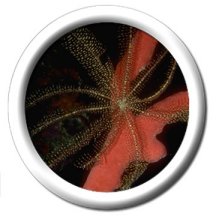This delicate feather star is resting on a piece of coral.
Click on image for full size
Windows Original, adapted from Corel Photography
Echinoderms
The most widely known echinoderm is the sea star, or starfish. But sea urchins, sea lilies and brittle stars are also echinoderms.
Sea lilies and feather stars are two types of echinoderm. These delicate creatures are very beautiful, with several arms stretching out from the center. Echinoderms don't have a head, instead they appear to be groups of legs tied together at the middle!
Sea stars are widely known due to their famous shape. It is a common belief that they all have five legs, but that is actually not the case. The Eleven-armed Sea Star has, you guessed it, eleven legs. Regardless, sea stars can be spotted on rocks, sand, mud or reefs. They come in a variety of colors, and sizes.
Sea stars are very weird. They invert their stomachs to feed on molluscs and other invertebrates, and they can grow back any legs they may lose!
You might also be interested in:
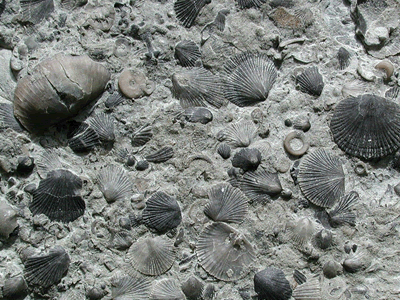
To predict the future diversity of life on Earth, scientists are turning to the fossil record of marine creatures – the ancestors of snails, clams, sand dollars, and crabs. Diversity is the number of species
...more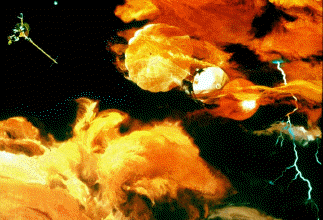
Jupiter's atmospheric environment is one of strong gravity, high pressure, strong winds, from 225 miles per hour to 1000 miles per hour, and cold temperatures of -270 degrees to +32 degrees (freezing temperature).
...more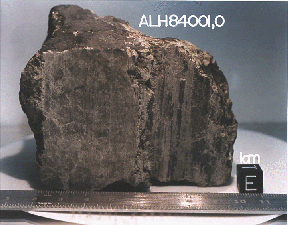
In July, 1996, it was announced that Dr. David McKay, along with a team of scientists at Johnson Space Center (a division of NASA), had discovered possible fossils of bacteria in a meteorite named ALH84
...more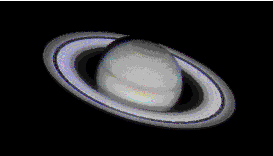
Saturn's atmospheric environment is one of strong gravity, high pressure, strong winds, from 225 miles per hour to 1000 miles per hour, and cold temperatures of -270 degrees to +80 degrees. With winds
...more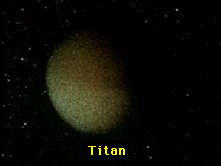
Titan's atmosphere is a lot like the Earth's, except that it is very cold, from -330 degrees to -290 degrees! Like the Earth, there is a lot of Nitrogen and other complex molecules. There also may be an
...more
Autotrophs are organisms that can "make their own food" from an inorganic source of carbon (carbon dioxide) given a source of energy. Most autotrophs use sunlight in the process of photosynthesis to make
...more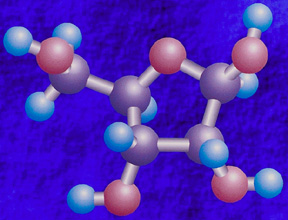
In the warm primordial ocean, aggregates of amino acids, proteins, and other hydrocarbons came together into a form called *coacervates*. Amino acids will spontaneously form coacervates in the same way
...more


